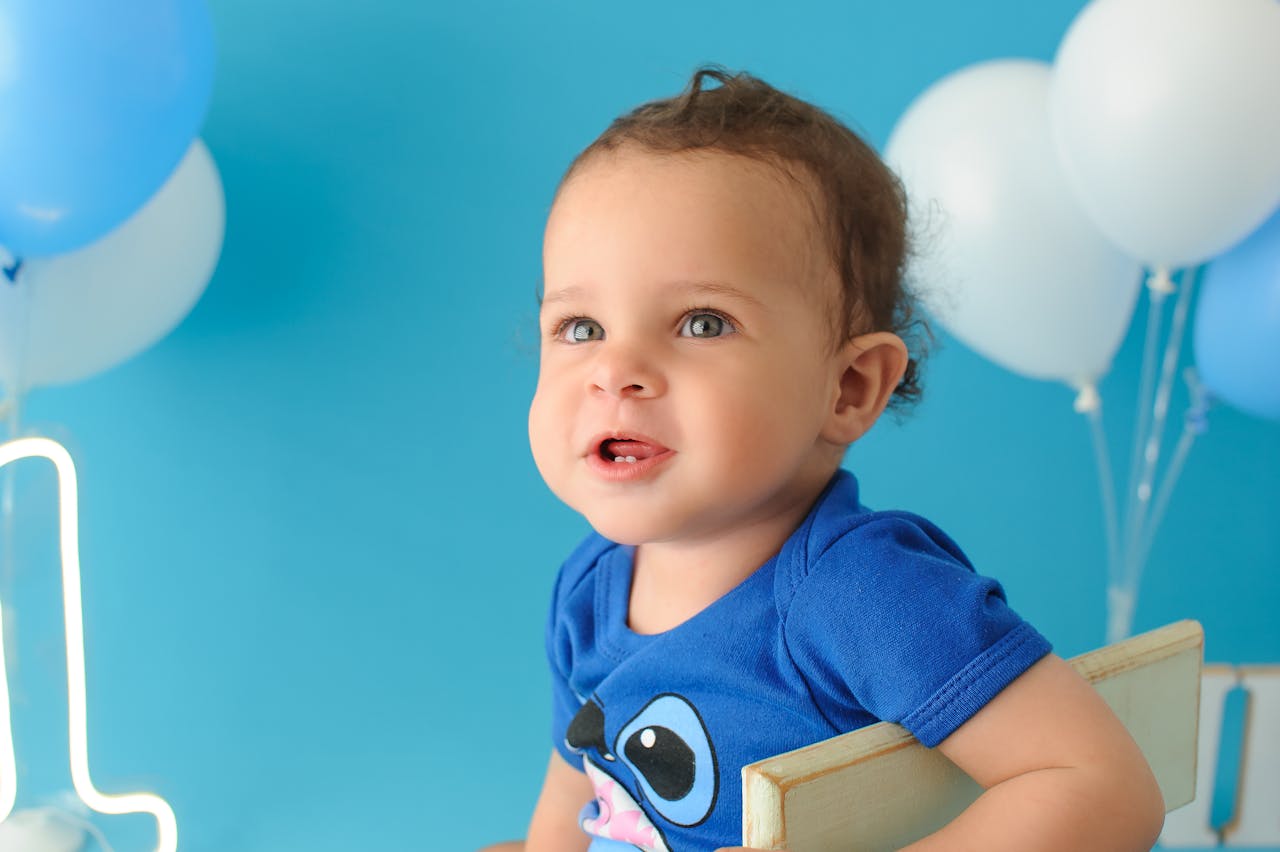Many parents are alarmed when they hear the grinding or clenching sound of their baby’s teeth during sleep or even when they are awake. This phenomenon, known as bruxism, is quite common among infants and young children. While baby grinding teeth is usually harmless, understanding its causes and how to prevent or manage it can help ensure your child’s comfort and dental health. What Is Baby Teeth Grinding? Baby teeth grinding, or bruxism, refers to the involuntary grinding, clenching, or gnashing of teeth. It often occurs during sleep, but some babies also grind their teeth when they are awake. Bruxism can develop as soon as a baby’s first teeth emerge and may continue throughout childhood. Why Do Babies Grind Their Teeth? There are several possible reasons why babies grind their teeth: 1. Exploring New Sensations Babies are naturally curious and use their mouths to explore different textures and sensations. When new teeth come in, they may grind them together to become familiar with the feeling. 2. Teething Pain or Discomfort Teething can cause irritation, and grinding may be a baby’s way of soothing their sore gums. Applying gentle pressure by grinding can offer temporary relief. 3. Misaligned Teeth If a baby’s upper and lower teeth are not properly aligned, they may grind their teeth unconsciously to find a comfortable resting position for their jaw. 4. Response to Stress or Anxiety Although less common in infants, stress or anxiety can lead to bruxism. Changes in routine, overstimulation, or difficulty sleeping may trigger teeth grinding. 5. Medical Conditions or Medications Some medical conditions, such as cerebral palsy, or certain medications may increase the likelihood of bruxism in babies. If you suspect an underlying condition, consult a pediatrician or dentist. Is Baby Teeth Grinding Harmful? In most cases, baby teeth grinding is not a cause for concern. However, prolonged or severe grinding may lead to: How to Prevent and Manage Baby Teeth Grinding If you notice your baby grinding their teeth, there are steps you can take to minimize the habit and prevent potential complications. 1. Provide Teething Relief If your baby is teething, offering safe and soothing solutions can help: 2. Encourage Relaxation Before Bedtime A soothing bedtime routine can help reduce nighttime grinding: 3. Ensure Proper Oral Care Taking care of your baby’s oral health from an early age can help prevent potential issues: 4. Monitor and Adjust Diet Certain foods can influence teeth grinding: 5. Address Stress or Anxiety If stress is a factor, identifying and addressing the cause can help: When to See a Doctor or Dentist While occasional grinding is normal, consider seeking professional advice if: Final Thoughts Baby grinding teeth is a common occurrence that usually resolves on its own. Understanding the causes and implementing simple preventive measures can help minimize its impact. If you have concerns, consulting with a pediatric dentist can provide reassurance and guidance on maintaining your baby’s dental health.
Tips for Fast Diaper Changing: A Parent’s Guide to Quick and Easy Changes
Diaper changing is a fundamental part of parenting, but it doesn’t have to be time-consuming or stressful. Whether you’re a new parent or an experienced caregiver, mastering the art of fast diaper changing can save time and make the process smoother for both you and your baby. In this guide, we’ll cover essential tips and tricks to help you perfect your diaper-changing routine. Why Is Fast Diaper Changing Important? Newborns require frequent diaper changes—sometimes up to 10-12 times a day. Efficient diaper changes not only save time but also help prevent diaper rashes, keep your baby comfortable, and reduce fussiness. Learning to change diapers quickly also becomes beneficial when dealing with wiggly or fussy babies who don’t like to stay still for long. Essential Supplies for Quick Diaper Changes Before starting, make sure you have everything you need within arm’s reach. Being prepared minimizes interruptions and speeds up the process. Must-Have Items: Step-by-Step Guide to Fast Diaper Changing 1. Set Up Your Changing Area Always have a clean and safe changing station ready to go. A designated changing table or portable changing mat works well. Keep all essentials in a nearby organizer for easy access. 2. Distract Your Baby Many babies get fussy during diaper changes, so having a small toy, mobile, or singing a song can keep them entertained while you work quickly. 3. Open and Prepare the Clean Diaper First Before removing the dirty diaper, unfold and position the clean one beneath your baby. This helps streamline the process and minimizes the time your baby is exposed without a diaper. 4. Remove the Dirty Diaper Efficiently 5. Apply Diaper Cream If Needed If your baby is prone to diaper rashes, apply a thin layer of diaper cream before putting on the new diaper. 6. Secure the Clean Diaper Properly Lift your baby’s legs gently and slide the clean diaper underneath. Secure the tabs snugly but not too tight—there should be room for two fingers between the diaper and baby’s tummy. 7. Check for Leaks and Comfort Ensure the diaper’s edges around the legs are fluffed out to prevent leaks. If using cloth diapers, check that they’re fitted properly. 8. Dispose of the Dirty Diaper Quickly Dispose of or store the soiled diaper in a diaper pail or sealed bag immediately to reduce odors. Wash your hands or use hand sanitizer afterward. Speed Tips for Diaper Changing on the Go How to Handle a Squirmy Baby During Changes Babies become more active as they grow, making diaper changes more challenging. Here’s how to keep them still: Common Mistakes to Avoid During Diaper Changes Final Thoughts Mastering the art of fast diaper changing makes life easier for both parents and babies. With practice and the right setup, you can change diapers quickly while keeping your little one comfortable. By following these tips, you’ll be well on your way to stress-free diaper changes, whether at home or on the go!


